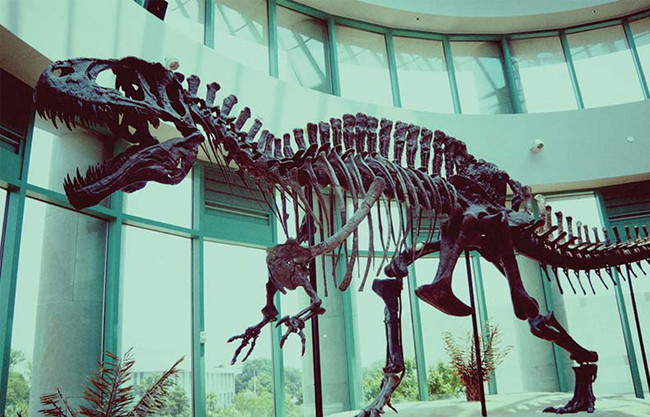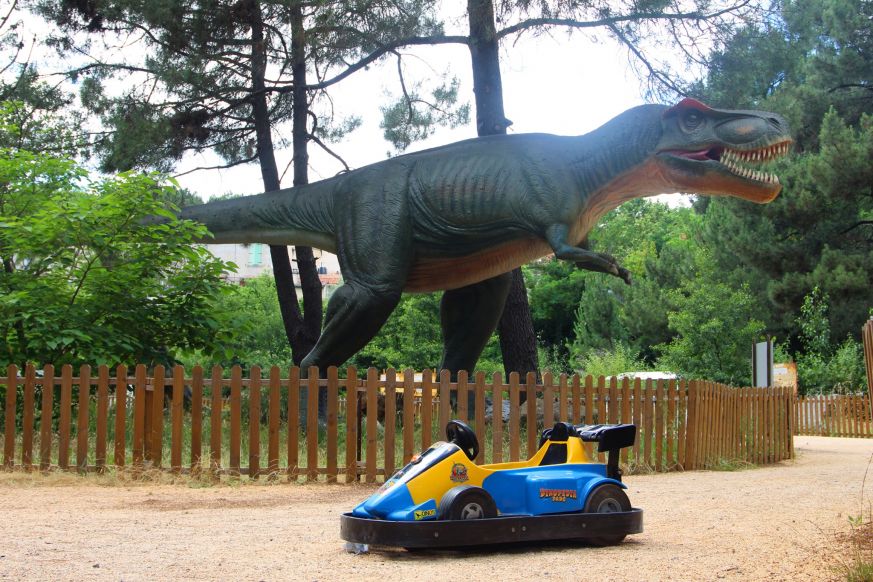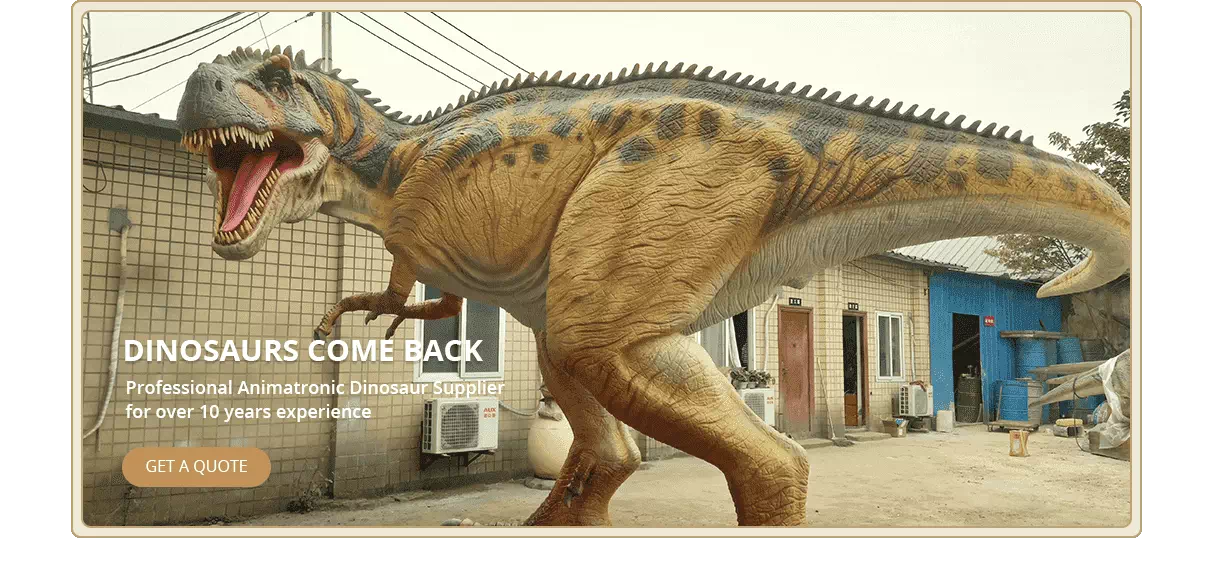A Full-Scale Dinosaurs Fossils Replicas Displayed in the American Museum of Natural History
The first major exhibition of the American Museum of Natural History’s 150th anniversary celebration, opened on March 11. The exhibit introduces visitors to the entire iconic tyrannosaur family through life-sized models—including the most scientifically accurate T. rex representation to date—fossils and casts, interactive experiences, and the Museum’s first multiplayer virtual reality experience.
Visitors to T. rex: The Ultimate Predator will encounter a massive real life size dinosaur with patches of feathers—the definitive representation of this prehistoric predator. The exhibition’s massive life-size adult T. rex model is based on the most up-to-date findings and represents the most scientifically accurate representation of this pop culture icon to date. New research on this powerful hunter’s senses show that keen vision, smell, and hearing made it very hard for this predator’s prey to avoid detection.

The exhibition also includes reconstructions of several T. rex hatchlings and a four-year-old juvenile T. rex; a “roar mixer” where visitors can imagine what T. rex may have sounded like by blending sounds from other animals; a shadow theater featuring a floor projection of an adult T. rex skeleton coming to life; and a life-sized animation of T. rex in a Cretaceous environment that responds to visitors’ movements. At a tabletop “Investigation Station,” visitors can explore a variety of fossil casts ranging from coprolite (fossilized feces) to a gigantic femur, with virtual tools including a CT scanner, measuring tape, and a microscope to learn more about what such specimens can reveal to scientists about the biology and behavior of T. rex.
Exhibition visitors will come face to face with life-size models of a number of tyrannosaurs, including: Proceratosaurus bradleyi, the earliest known tyrannosaur that lived about 167 million years ago and was about the size of a wolf with a crest on its snout; Dilong paradoxus, which like many early tyrannosaurs, had arms that were relatively long and capable of seizing small prey, and was the first tyrannosaur found with fossilized feathers (discovered by exhibition curator Mark Norell and his colleagues in China); and Xiongguanlong baimoensis, a mid-sized tyrannosaur that, when it was discovered in 2009, offered a rare glimpse of a transitional species between the smaller early tyrannosaurs and the later giants.
A full-scale dinosaurs fossils replicas on display in the Museum’s Hall of Saurischian Dinosaurs—in a different pose—is the subject of the exhibition’s “shadow theater,” in which the skeleton’s 40-foot shadow will “come to life” and demonstrate to visitors how the animal moved and interacted with prey and its own kind. Also in the exhibition, a “roar mixer” allows visitors to combine the calls of birds and crocodilians with the sounds of contemporary large animals such as elephants, whales, and bison to create a customized roar that accompanies an animated T. rex. And at the end of the exhibition, visitors will encounter a massive animated projection of a T. rex and its offspring in a Cretaceous-age setting. The huge dinosaur will react to visitors, leaving them to wonder, “Did that T. rex see me?”














